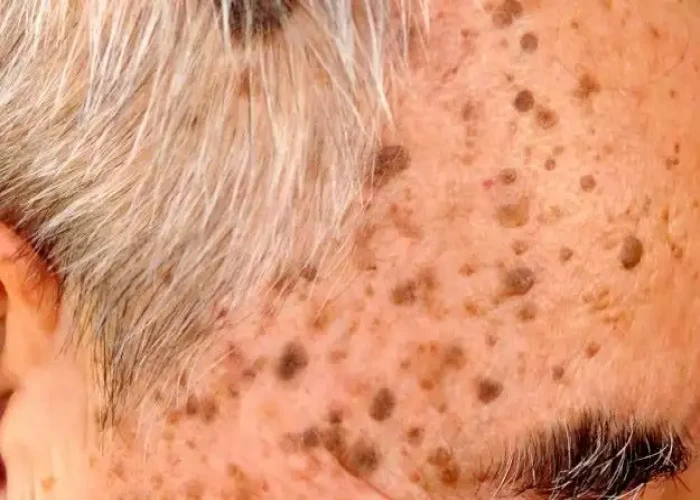 Welcome
Welcome
“May all be happy, may all be healed, may all be at peace and may no one ever suffer."
Seborrheic keratosis
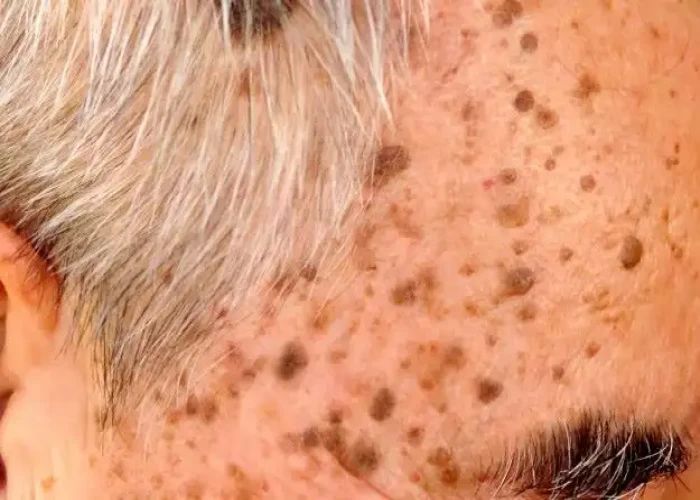
Seborrheic keratosis is a common benign skin growth that appears as a raised, waxy, or scaly growth on the surface of the skin. They are typically brown, black, or tan, and can occur anywhere on the body, but are most commonly found on the face, chest, back, or scalp. Seborrheic keratoses are usually painless and do not require treatment unless they become irritated or cosmetically bothersome.
The exact cause of seborrheic keratosis is not known, but they are more common in older individuals and may be related to sun exposure, genetics, or other environmental factors. They are not contagious or cancerous.
Seborrheic keratoses can be diagnosed by a healthcare provider through visual examination, and in some cases, a biopsy may be recommended to confirm the diagnosis or rule out other skin conditions.
Treatment for seborrheic keratosis may include:
- Cryotherapy: freezing the growth with liquid nitrogen to remove it
- Curettage: scraping the growth with a surgical tool to remove it
- Electrosurgery: burning the growth with an electrical current to remove it
- Laser therapy: using a laser to remove the growth
- Topical creams or gels containing retinoids or other medications may also be used to reduce the appearance of seborrheic keratoses.
Although seborrheic keratoses are not typically harmful, any changes in size, color, or shape should be evaluated by a healthcare provider to rule out the possibility of a more serious condition.
Research Papers
Disease Signs and Symptoms
- Skin bumps
- Waxy skin
- Itching
- Ranges in color from light tan to brown or black
- Has a characteristic "pasted on" look
- Is flat or slightly raised with a scaly surface
- Ranges in size from very small to more than 1 inch (2.5 centimeters) across
Disease Causes
Seborrheic keratosis
Experts don't completely understand what causes a seborrheic keratosis. This type of skin growth does tend to run in families, so there is likely an inherited tendency. If you've had one seborrheic keratosis, you're at risk of developing others.
A seborrheic keratosis isn't contagious or cancerous.
Disease Prevents
Disease Treatments
A seborrheic keratosis typically doesn't go away on its own, but treatment isn't needed. You might choose to have it removed if it becomes irritated or bleeds, or if you don't like how it looks or feels.
Seborrheic keratosis removal can be achieved with one or a combination of the following methods:
- Freezing the growth. Freezing a growth with liquid nitrogen (cryotherapy) can be an effective way to remove a seborrheic keratosis. It doesn't always work on raised, thicker growths. This method carries the risk of permanent loss of pigment, especially on Black or brown skin.
- Scraping (curettage) or shaving the skin's surface. First your doctor will numb the area and then use a scalpel blade to remove the growth. Sometimes shaving or scraping is used along with cryosurgery to treat thinner or flat growths.
- Burning with an electric current (electrocautery). First your doctor will numb the area and then destroy the growth with electrocautery. This method can be used alone or with scraping, especially when removing thicker growths.
Talk with your doctors about the risks and benefits of each method. Some methods can cause permanent or temporary skin discoloration and scarring. After treatment, you might develop a new seborrheic dermatosis elsewhere on your body.
Disease Diagnoses
Disease Allopathic Generics
Disease Ayurvedic Generics
Disease Homeopathic Generics
Disease yoga
Seborrheic keratosis and Learn More about Diseases
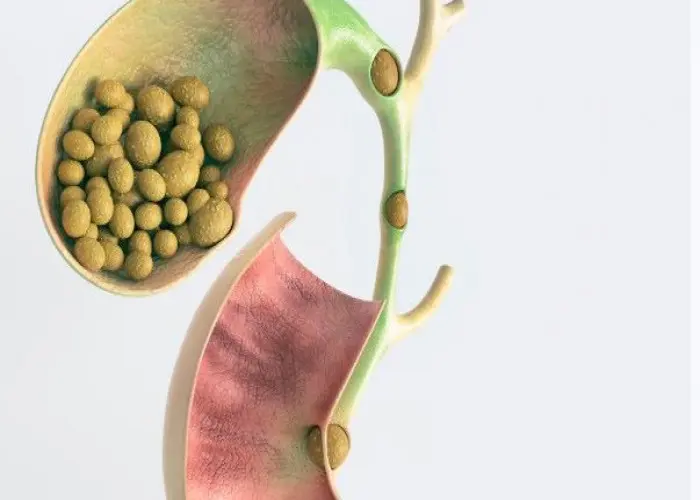
Gallstones

Henoch-Schonlein purpura

REM sleep behavior disorder
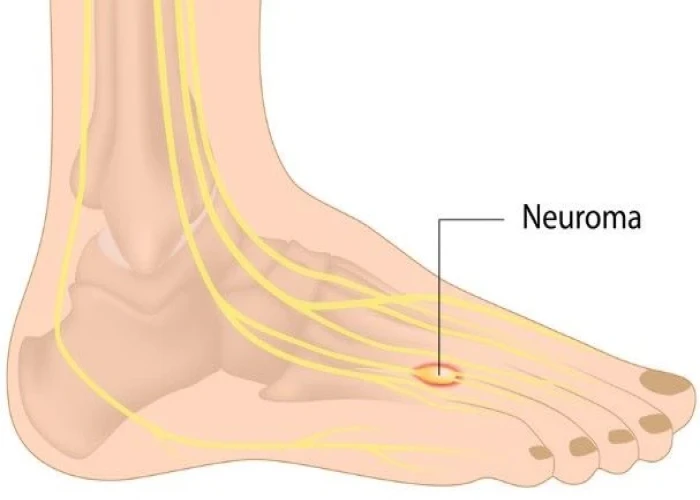
Morton's neuroma

Liver disease

Malignant hyperthermia

Fuchs' dystrophy
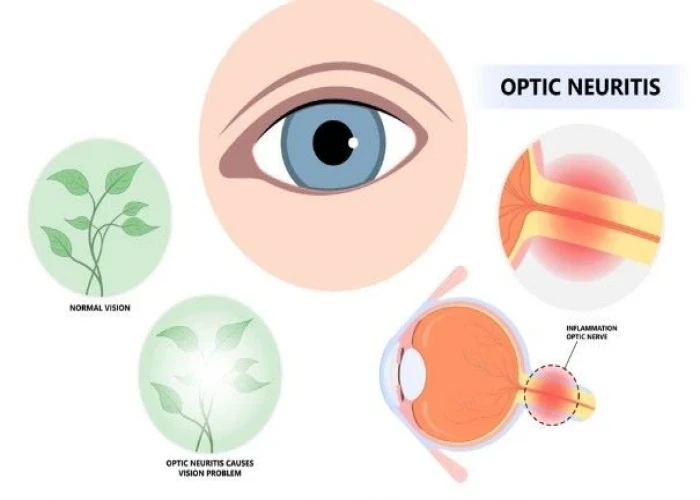
Neuromyelitis optica
seborrheic keratosis, সেবোরিক কেরোটোসেস
To be happy, beautiful, healthy, wealthy, hale and long-lived stay with DM3S.
